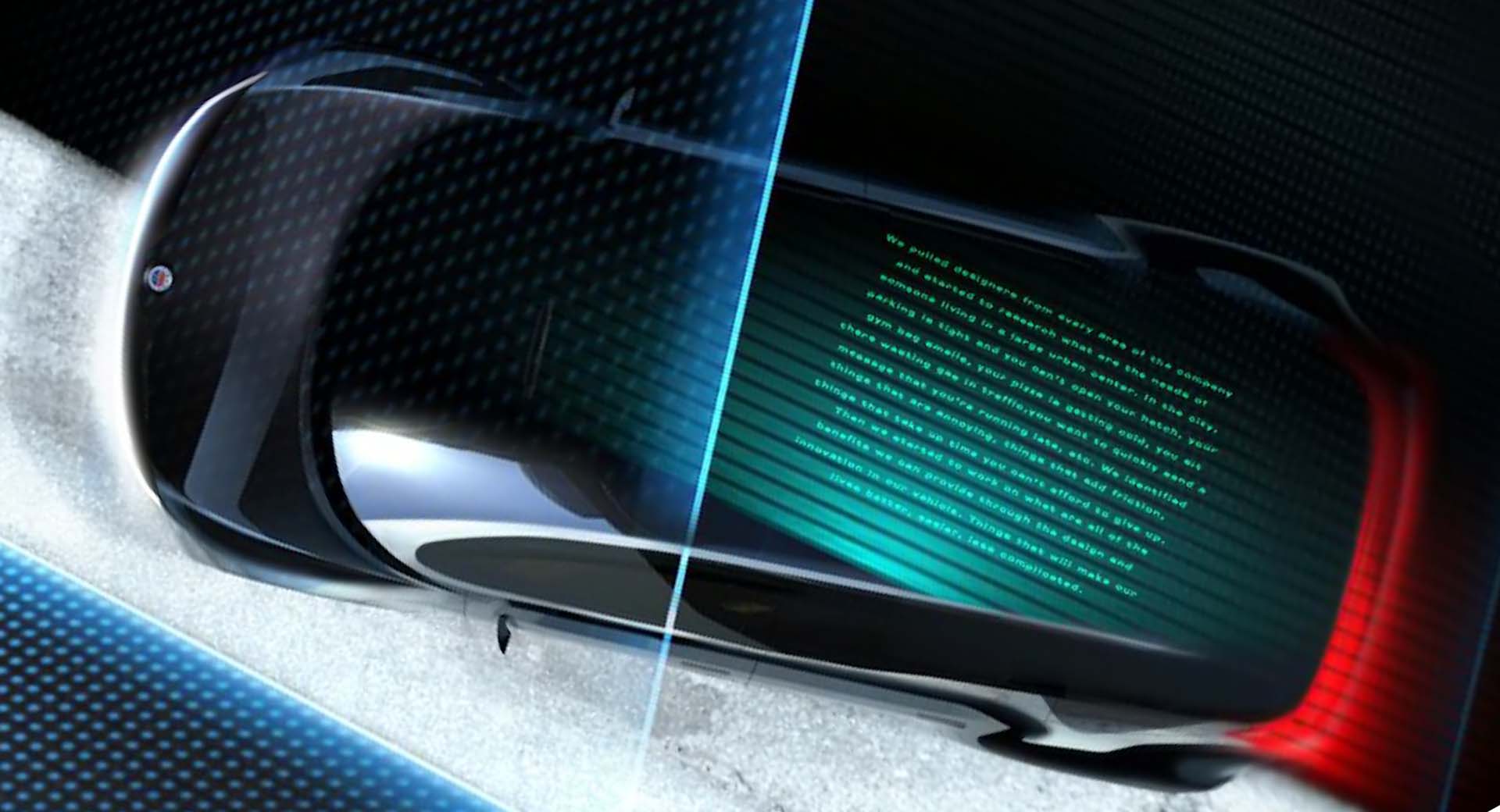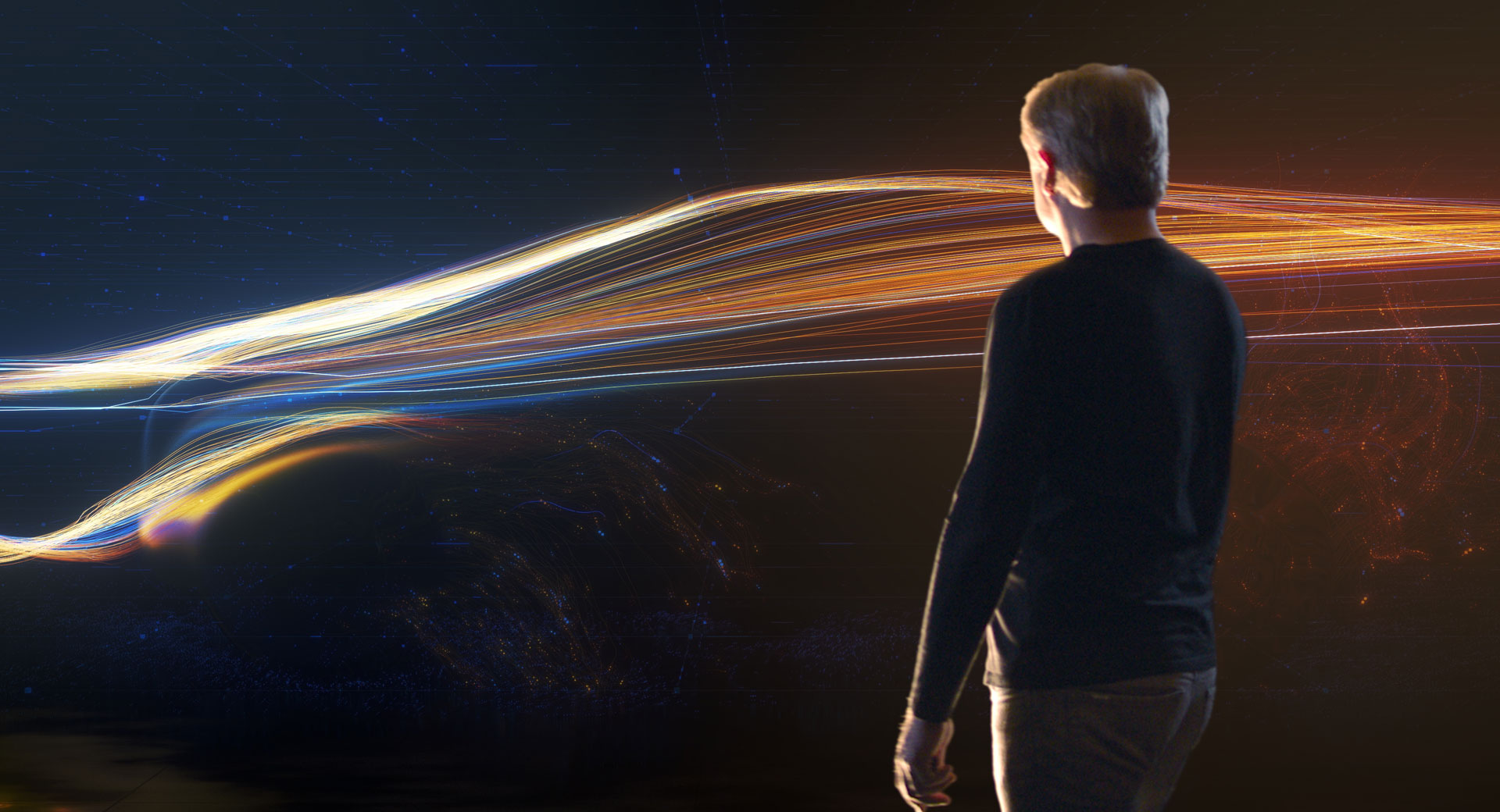Fisker has reportedly secured roughly 1,500 reservations for the all-electric Pear EV it is set to introduce in 2024.
The electric car manufacturer opened the order books for the Pear in mid-February. Shoppers can secure an allocation with a $250 deposit for the EV which will start at $29,900 when it goes on sale. If the U.S. government’s $7,500 federal EV tax credit is still around 2024, the Pear’s starting price will drop to as low as $22,400, roughly half the price of an entry-level Tesla Model 3.
While speaking with Auto News at an event in London, Henrik Fisker said the car manufacturer had started accepting deposits to show to its battery suppliers that it is making progress with the new EV.
Read More: Fisker Taking $250 Deposits For $29,900 Pear EV Due In 2024
“Normally, a car company does due diligence of a supplier,” Fisker said. “Now, the battery makers are actually doing the diligence on the carmakers, and of course also the startups, and saying: ‘Hold on a minute, we need to see the business model, we need to see the car, we need to believe in you.’”
The Fisker Pear, which stands for Personal Electric Automotive Revolution, will be brought to life with the help of Foxconn. The car is expected to use Foxconn’s Hon Hai EV platform and will be built by Foxconn at the Ohio factory that it recently purchased from Lordstown Motors.
Technical specifications about the Pear remain a mystery, even to those who have placed reservations. It also remains unclear what shape the vehicle will take, although it is expected to be smaller than the Ocean SUV. Fisker refers to the Pear as an “agile urban EV.”
“We pulled designers from every area of the company and started to research what are the needs of someone living in a large urban center,” a description of the car recently stated. “In the city, parking is tight and you can’t open your hatch, your gym bag smells, your pizza is getting cold, you sit there waiting in traffic, you want to quickly send a message that you’re running late, etc.”
“We identified things that are annoying, things that add friction, things that take up time you can’t afford to give up. Then we started to work on what are all of the benefits we can provide through the design and innovation in our vehicle. Things that will make our lives better, easier, less complicated.”





